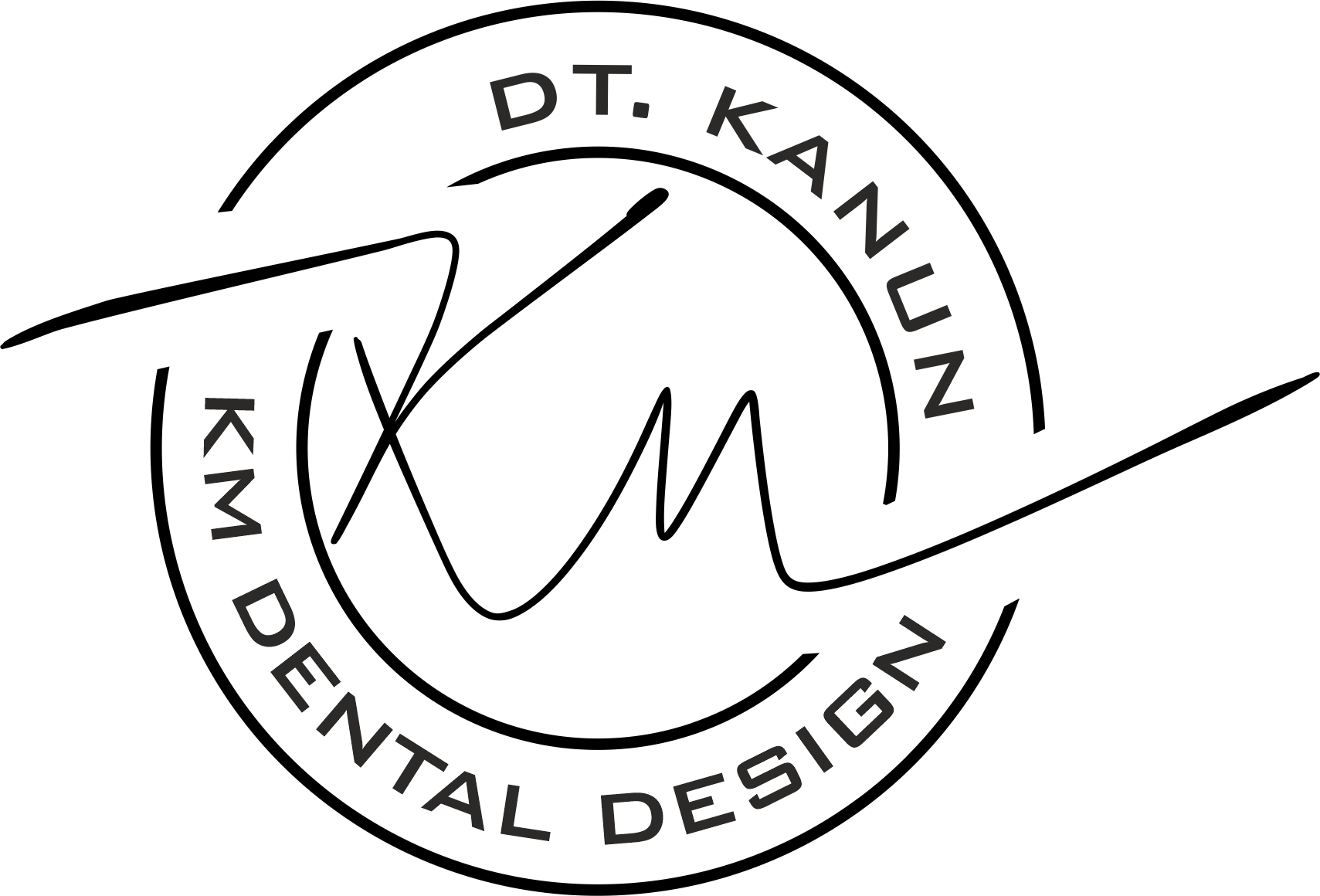A dental bridge is a common dental treatment method used to replace missing teeth. Dental bridges consist of prosthetic teeth anchored to healthy teeth or dental implants on either side of the missing teeth. This method effectively fills the gaps, providing significant improvements both aesthetically and functionally.
Dental bridges not only replace missing teeth but also improve speech and chewing functions, prevent teeth from shifting, and help maintain facial structure. They can be made from various materials such as porcelain or metal alloys, providing a natural tooth-like appearance.
Types of Dental Bridges
- Traditional Bridge: Supported by crowns placed on the natural teeth on both sides of the missing tooth.
- Cantilever Bridge: Used when there are natural teeth on only one side of the missing tooth.
- Maryland Bridge: Supported by metal or porcelain wings bonded to natural teeth.
- Implant-Supported Bridge: Anchored to dental implants, providing a stronger and more durable solution.
Frequently Asked Questions
- How long does a dental bridge treatment take?
Dental bridge treatment usually requires two or three visits to the dentist. During the first visit, the teeth are prepared, and impressions are taken. The custom bridge is then fabricated in a lab and placed during the subsequent visit.
- Is the dental bridge procedure painful?
Local anesthesia is applied during the dental bridge procedure, so no pain is felt during the process. Mild discomfort may occur after the treatment, but this is temporary and can be managed with pain relievers recommended by your doctor.
- How durable are dental bridges?
Dental bridges can last for many years with proper care and regular dental check-ups. The longevity of bridges depends on the patient’s oral hygiene and regular dental visits. Avoiding hard foods and habits that may damage the bridge is also essential.
- Is a dental bridge suitable for everyone?
A dental bridge is generally suitable for anyone with healthy gums and sufficient supporting teeth. However, alternative treatment methods may be required for patients with certain health issues or gum diseases. Your dentist will determine the most appropriate treatment method for you, helping you achieve a healthy and aesthetic smile design.

